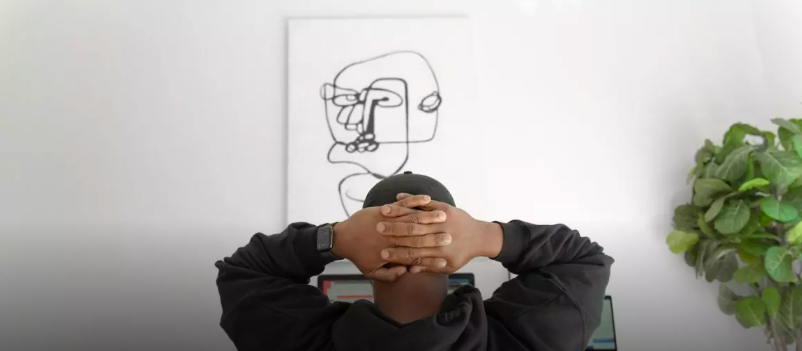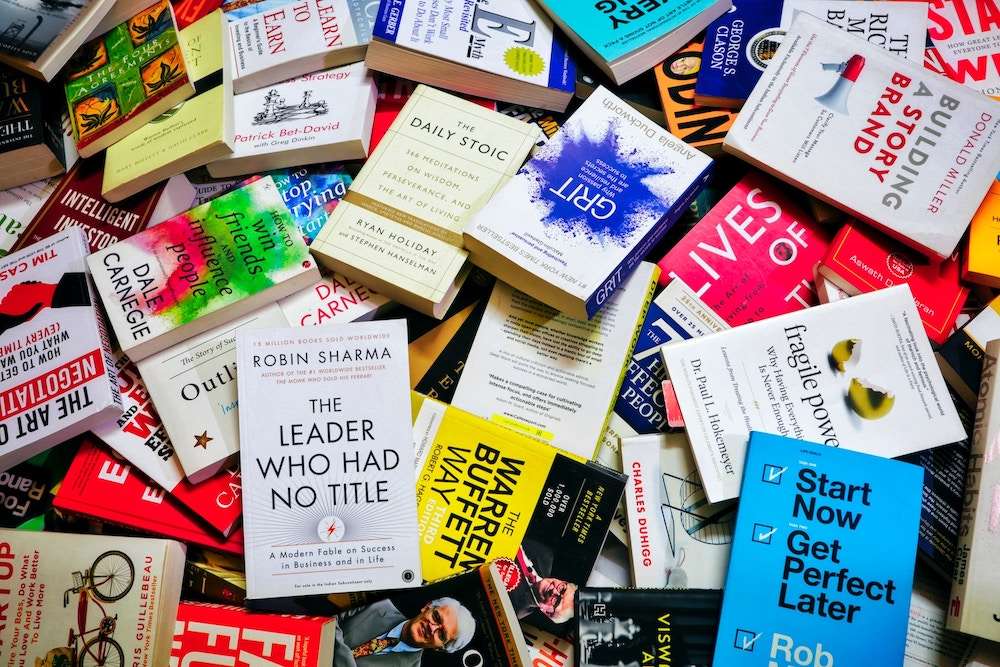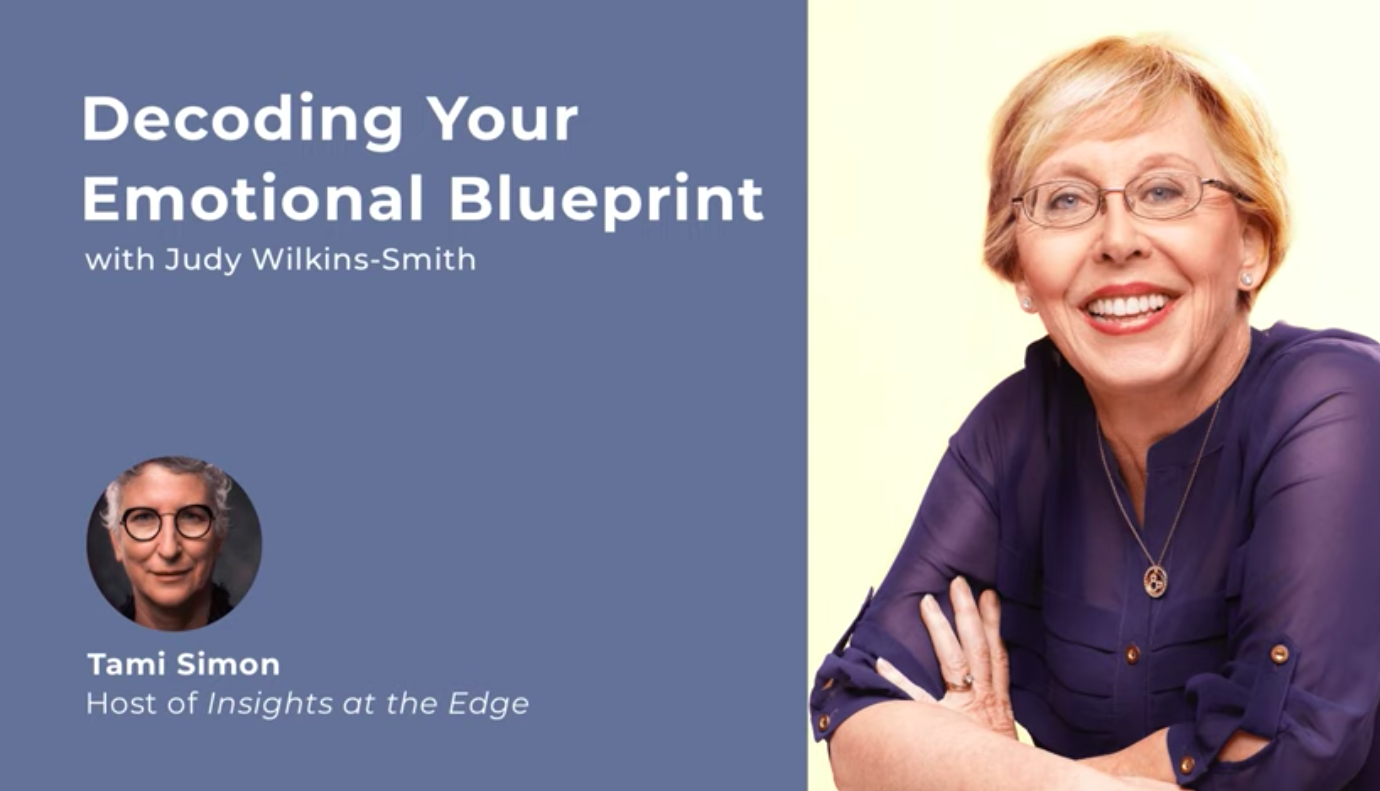Check Out Judy Wilkins-Smith’s Story
Today we’d like to introduce you to Judy Wilkins-Smith.
Judy, we appreciate you taking the time to share your story with us today. Where does your story begin?
I am from South Africa, born and raised. In 1996, we relocated to the USA for a business opportunity that fell through. My father was killed, I was helping raise my sister’s kids, and it was either go crazy or write a book. Doing research for the book, I stumbled into Family Constellations and learned the practice which then evolved into Organizational constellations and that led to becoming a top executive and life coach. I work with top executives around the world as well as some of the most famous people in the world. My own addition to Family and Organizational Constellations was Emotional DNA. You don’t just inherit your physical DNA you also inherit your Emotional DNA and your inheritance contains all the clues you need to create the life you want if only you know how to see it. And that happens even if you don’t know your family of origin. All the clues are contained in your thoughts feelings and actions and so are all the possibilities.
All of this led to the book Decoding Your Emotional Blueprint being commissioned by Sounds True. It is doing well and has been translated into seven different languages. People who read it call it the little secret that changes lives. I have since done countless podcasts and appear regularly on TV shows like the Maria Menounos show. I am grateful and happily successful. My biggest dream is to see large numbers of people realize that they are a remarkable life if only they know how to see it. We all have the ability to create remarkable lives if only we know how to decode what’s ours and use it to create a legacy.
I started with nothing but commitment and a determination to make a difference by showing others where to find their remarkable!
Would you say it’s been a smooth road, and if not what are some of the biggest challenges you’ve faced along the way?
Ha ha ha. Sorry. People who meet me always think it has been smooth sailing. My father was killed, my sister got divorced, and I helped raise the kids. I got divorced, my mom got cancer, and that was a two-year journey, and then she broke her pelvis in seven places. I wrote the book during her cancer walk while still maintaining a full practice and driving two hours for cancer treatments and then with the pelvic fractures that was a three-month stint where I went to the the rehab center every day to be with my mom after work and before I got back to do laundry and do client notes. A year into Mom’s treatment with all the stress etc I had to have my gallbladder removed and my daughter had a medical scare.
All of this made me more and more committed and determined to succeed and show people that life is and can be wonderful depending on our choices and lenses.
Thanks – so what else should our readers know about your work and what you’re currently focused on?
I guess it all goes back in some ways to a teacher who told me in 4th grade that I wouldn’t be a doctor – like I said, I would be, I would work with people’s hearts and minds, and a fellow student would be the doctor. Turns out she was right. I often talk about that. I did go into the medical arena, became a medical technologist, and then went into vascular technology and autotransfusion.
When I left the teaching hospital a physician and Zulu gentleman told me I might be leaving but I would find a way to represent them in the world. I laughed but when my father was killed in the US and they failed him in all of my specialties that door closed for me. I ultimately wound up going into Family and Organizational Constellations Work which has its origins in the Zulu culture and then became a top executive coach around the world and I am fortunate enough to work with very famous and successful people.
What sets me apart is that I do not just focus on the origins and effects of family or oganzational patterns, I focus on their inherent potential and how we are prompted to use what we’ve inherited to create incredible lives. You don’t just inherit your physical DNA, you also in herit your emotional DNA but it’s yours to shape and sometimes train smashes are actually portals to possibility.
I specialize in showing my clients that what looks like a challenge is often simply an invitation to step up and shine, and then we look at how to do that. I am known for getting clients to the next level by cutting through obstacles and illuminating opportunities. I also specialize in turnarounds for executives who are stuck or have lost their way, but most of all, I am known for creating visionary leaders. In companies, I am known as the coach who gets people promoted once they understand their gifts and strengths.
I am most proud always of my family and their courage. My mom who battled cancer and my daughter who is a kind and caring physician as well as my talented and successful nieces. I am proud of the book I wrote that has been translated into seven languages and whose popularity is growing amongst the psychology and self-help community. I am proud of all the letters I receive from people who have attended my events and who turned their lives into the superhuman life it was supposed to be. Life really is a big adventure and once you understand that you begin to invest in the adventure you want, not the one you think you were served.
What makes you happy?
Family – I love my family around me even when there are disagreements; I know they have my back, and I have theirs. Disney World – the world makes sense in the world of magic it always has. I love magic and have since I was a kid. I get the magic of the soul; I think it’s my first language. I understand what people are going through and why and how the universe is in support of us. It always has been, and it always will be. Disney is where my soul feels right at home.
People fulfilling their potential and gaining insights along the way makes me super happy. It’s why I do the work I do; I LOVE watching people get to their aha’s and then move through them to the fuller version of themselves. Writing books and sharing what I know with others. Home. I love home. It’s so important to me. It allows me to center and breathe and belong. A LOT of adventure. I like good experiences that stretch me and make me go wow. Growing and learning. I am always learning and often from my clients.
Pricing:
- $825 per event
- $1599 per themed event
- $35 for both meditations
- $19.99 for the book
Contact Info:


















